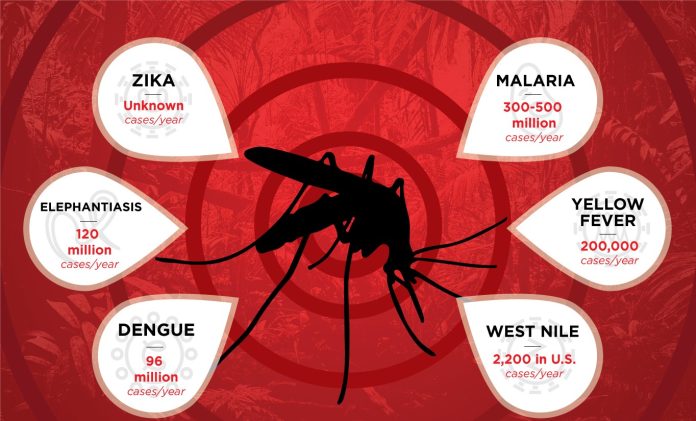Ask any adult the type of diseases that mosquitoes give, and malaria fever is likely to be the answer. While this is true, the awful fact is that mosquito bites transmit more than malaria, because the disease that a particular mosquito carries depends on the mosquito type.
So, what kinds of diseases are mosquitoes capable of inflicting on their victims? These ones…
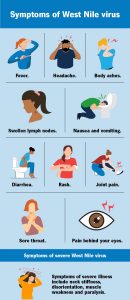
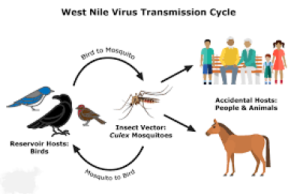 West Nile fever
West Nile fever
West Nile fever is a mosquito-borne infection by the West Nile virus. As bad as this fever is, experts say, approximately 80 percent of the infections in humans have few or no symptoms.
Experts, however, warn that “serious problems can include infection of the brain (encephalitis), spinal cord, and tissues surrounding the brain and spinal cord (meningitis), which can be fatal.” Most cases of WNV are not serious and many people have no symptoms or they may only manifest mild flu-like symptoms, such as headaches, muscle aches and a high temperature (fever).
The best way to be sure of your ailment, therefore, is to see the doctor if you have some of these symptoms.
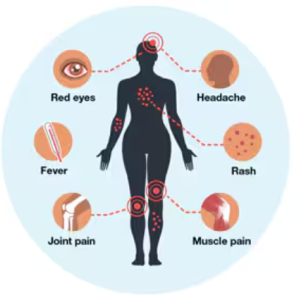
Zika virus disease
Experts say this virus is a member of the virus family Flaviviridae and the genus Flavivirus. Zika virus disease is mainly spread by mosquitoes.
“For most people, it is a very mild infection and isn’t harmful. However, it may be more serious for pregnant women, as there’s evidence that it causes birth defects — particularly, abnormally small heads (microcephaly),” scientists warn.
It is spread by the Aedes mosquitoes, such as A. aegypti and A. albopictus.
As bad as this disease is, experts say, most people don’t have any symptoms. If symptoms do occur, they are usually mild and last around two to seven days. But commonly reported symptoms include rash, itching all over the body, fever, headache, joint pain (with possible swelling, mainly in the smaller joints of the hands and feet), muscle pain, conjunctivitis (red eyes), lower back pain and pain behind the eyes.
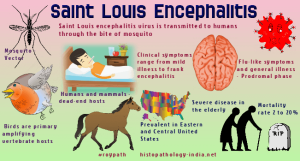
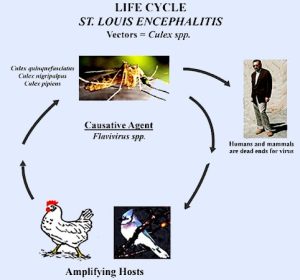 St. Louis encephalitis virus
St. Louis encephalitis virus
Like others, the SLEV is transmitted to humans through the bite of an infected mosquito. The symptoms include fever, headache, nausea, vomiting, and tiredness.
Infected older adults could develop encephalitis, which is an inflammation of the brain, and it could result in long-term disability or death if it is not carefully treated by doctor on time.
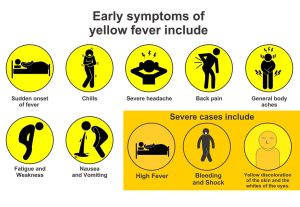 Yellow fever virus
Yellow fever virus
A General Practitioner, Dr. Tunde Owoseni, says, “The specie of mosquito that is known to transmit the virus that causes yellow fever is called Aedes aegypti.”
“Yellow fever is not to be taken lightly, as it could kill if urgent care is not sought,” he warns.
Owoseni notes that yellow fever has three stages of infection, and they are:
Stage 1 (infection): Headache, muscle and joint aches, fever, flushing, loss of appetite, vomiting, and jaundice.
Stage 2 (remission): Fever and other symptoms go away.
Stage 3 (intoxication): Problems with many organs may occur, including the heart, liver, and kidney.
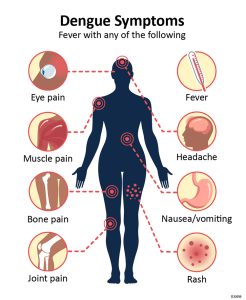
Dengue fever
Experts say, “Dengue fever is a painful, debilitating mosquito-borne disease caused by any one of four closely-related dengue viruses. These viruses are related to the viruses that cause West Nile infection and yellow fever.
“Dengue fever is transmitted by the bite of an Aedes mosquito infected with a dengue virus.”
Like the other disease-transmitting mosquitoes, experts say, the Aedes mosquito becomes infected when it bites a person who has the dengue virus in his/her blood; and when such an infected mosquito bites an otherwise healthy person, s/he also becomes infected.
“Dengue fever is therefore a person-to-person infection,” researchers say.
Owoseni says that the symptoms of dengue usually begin to manifest four to six days after infection and could last for up to 10 days if treatment is not sought.
“The symptoms include sudden, high fever, severe headaches, pain behind the eyes, severe joint and muscle pain, fatigue, nausea, vomiting, skin rash, which appears two to five days after the onset of fever, mild bleeding (such as nose bleed, bleeding gums, or easy bruising),” Owoseni explains.
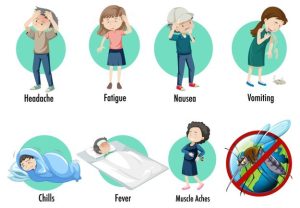
Malaria fever
The World Health Organisation says malaria is caused by parasites that are transmitted to people through the bites of infected female mosquitoes such as the P. falciparum, which is said to be the deadliest malaria parasite and the most prevalent in Africa.
“The first symptoms of malaria include fever, headache, chills and vomiting, and they usually appear between 10 and 15 days after the mosquito bite.
“Without prompt treatment, P. falciparum malaria can progress to severe illness and death,” WHO warns.
The bottom line: Mosquitoes are killers. Rid your environment of mosquitoes by disposing of empty containers that could hold unwanted water for days. Use mosquito-treated nets, and also insecticide in well-ventilated rooms as necessary.
Kill mosquito before mosquito kills you!

